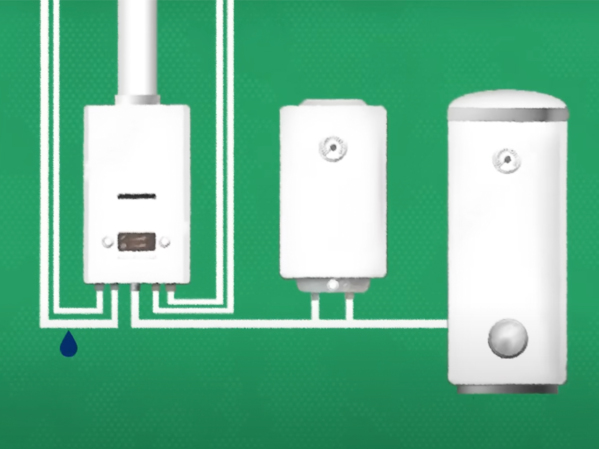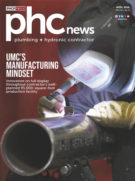Convert your IRA from tax loser to winner — guaranteed
We are all dealt the same cards in the tax game, but how you play them determines whether the IRS or you win. Sadly, most taxpayers play their IRA cards wrong. Result: Your family loses.
This article is a roadmap of what to do (and not to do) with your IRA. To cover every possibility would takes a good-size book. So, we are going to zero in on the IRA problems most readers of this column call me about.
First, some basic rules
1. Almost all IRAs are “traditional IRAs” (you get a deduction when you put funds in; income taxes on profits, income and gains are deferred until you take the funds out), and are the subject of this article.
2. All of your other qualified plans (401(k), profit-sharing, and the like), can be (and ultimately usually are) rolled-over into your IRA.
3. You must take “required plan distributions”" (RPD) every year, starting with the year after your reach age 70 1/2. RPD are based on life expectancy tables, so the percentage required to be distributed increases a bit each year.
4. If you make the beneficiary of your IRA your wife (say she is younger than you) her RPD — when you go to heaven — will be smaller than yours. That’s good tax planning!
What if you make your kids beneficiaries? ... Now the friendly life expectancy tables make the RPD so small, almost all of the IRA funds can grow — tax deferred — for another full generation. It’s called a “stretch IRA.” Make that two generations if you leave all (or some) of your IRA to the grandkids. Great tax planning!
What you should not do
Do not make your IRA beneficiary of your estate or trust)... then you can’t do a stretch IRA. Instead, pick live family members: typically your spouse, then kids and/or grandkids.
REMEMBER —
The enemy is a possible double tax on your IRA —always income tax (Federal and state), and if your estate is large enough, the estate tax monster gets its bite. The average double tax rate is a huge 64%. In dollars, that’s $64,000 out of every $100,000 to the tax collector, only $36,000 to your family. That’s outrageous!
Advantages of making your spouse the IRA beneficiary
Okay, you married guys, simply make your wife the IRA beneficiary. Just in case she goes to heaven before you, make your kids and/or your grandkids the contingent beneficiaries.
Let’s look at the tax goodies that follow by making your wife the beneficiary:
1. Your spouse can roll your IRA funds into her own IRA, pushing the RPD down the road to her 701/2 age.
2. Your spouse can name new beneficiaries — most likely your kids and grandkids — based on current circumstances.
3. Your spouse can convert to a Roth IRA... a huge tax advantage to your family’s younger generations. The conversion can take place all at once (or over several years, if this results in less income tax). Don’t forget, any income tax paid is gone... no longer subject to estate tax.
How to convert that awful double tax into tax-free wealth
First, a bit about the typical reader of this column who calls me for tax help: a male (Joe), the owner of a closely held business or a retired owner. Age is all over the place: between late 40s to early 80s. Fact is, Joe rarely needs the funds in his IRA to maintain his lifestyle.
What started as a good idea early in life — to park deductible contributions in a qualified plan — turns into a lousy tax-prone asset late in life. What to do?
The goal of the tax strategy is simple: Turn the subject-to-double tax dollars in your IRA (or other qualified plans) into tax-fee (no income tax/no estate tax) dollars.
It’s easy to do. Done it hundreds of times for my clients. Sorry, but there’s a rub: You must be insurable. If married, best if both spouses are insurable.
Now, here’s the strategy. We call it “Retirement Plan Rescue” (RPR). We’ll use an IRA in this example. It's a simply four-step process.
- Step #1. The IRA buys an annuity (new). Often use one or more annuities already owned by the IRA (old).Step #2. Annuitize the new/old annuity. This gives you a flow of guaranteed income (annuity amount) to the IRA every year for as long as you live (single life)... or as long as either spouse lives (second-to-die).
- Step #3. The IRA distributes to you annually the “annuity amount” (subject to income tax, which you pay). The distribution is often all or part of your RPD.
- Step #4. You buy a life insurance policy (single life, if not married; second-to-die, if married). You use the distribution to pay the policy premiums.
The sooner you implement the above strategy the better. Why? ... Premium costs rise each year and health issues might lock you out as you age.
Having the policy owed by an “irrevocable life insurance trust” avoids the estate tax and insurance proceeds are income tax-free according to the Internal Revenue Code.
One warning: Every possibility, tax trap or opportunity is not covered above. Only implement your estate plan with experienced advisors.
Want to learn how an RPR will turn your potential 64% tax loss into millions of tax-free dollars?... Here’s what you do: Fax (847-674-5299) or email (irv@irvblackman.com) your name, birthday, address and phone numbers (home, business, cell). Also your spouse’s birthday, if married. List the total amount in each of your (and spouse’s) qualified plans (IRA/401(k)/etc.). Mark “RPR”at the top of the page.





